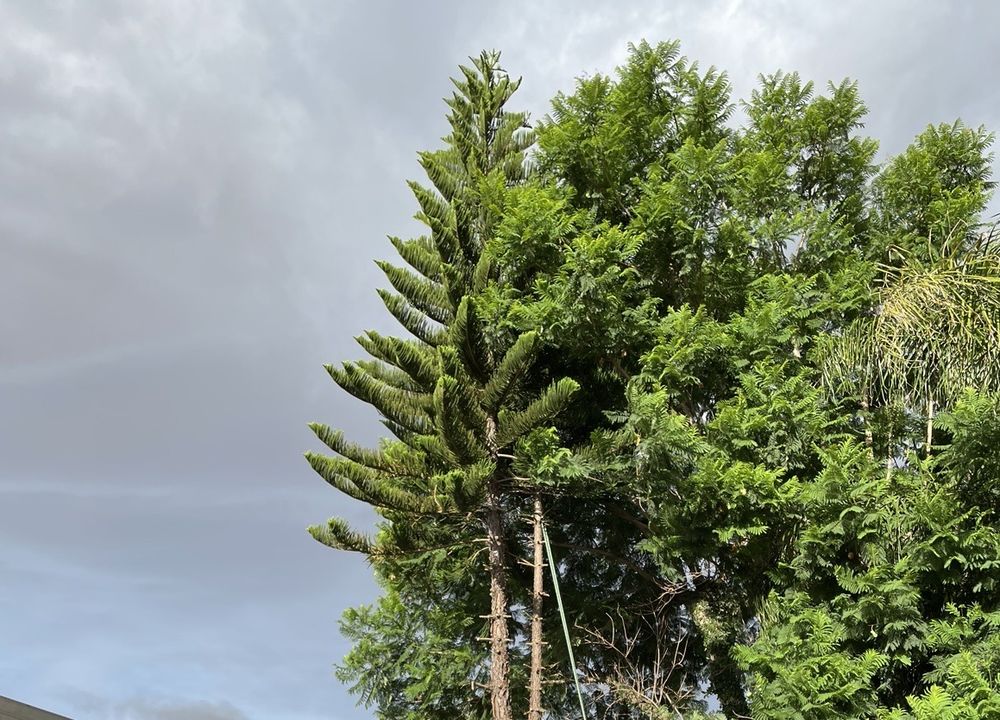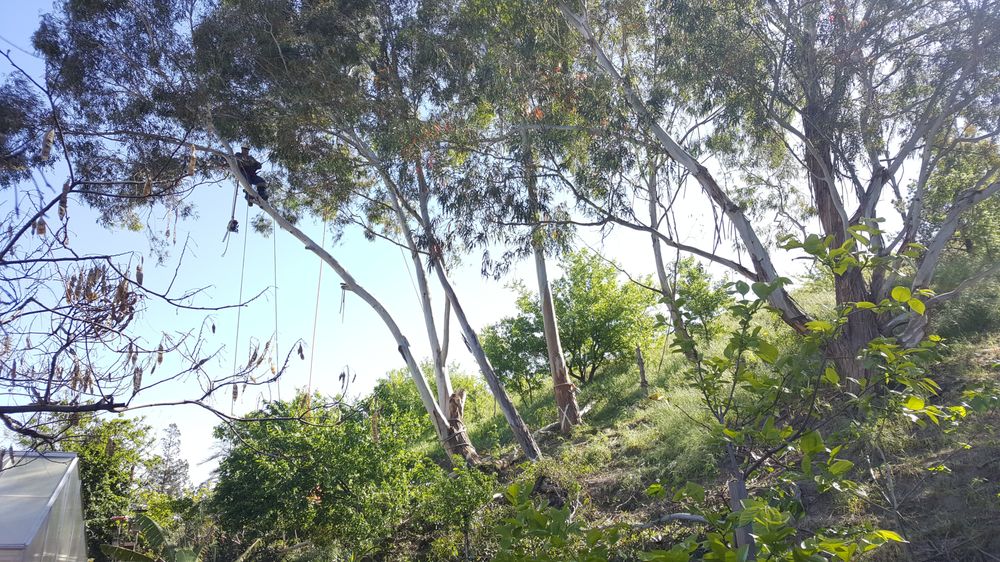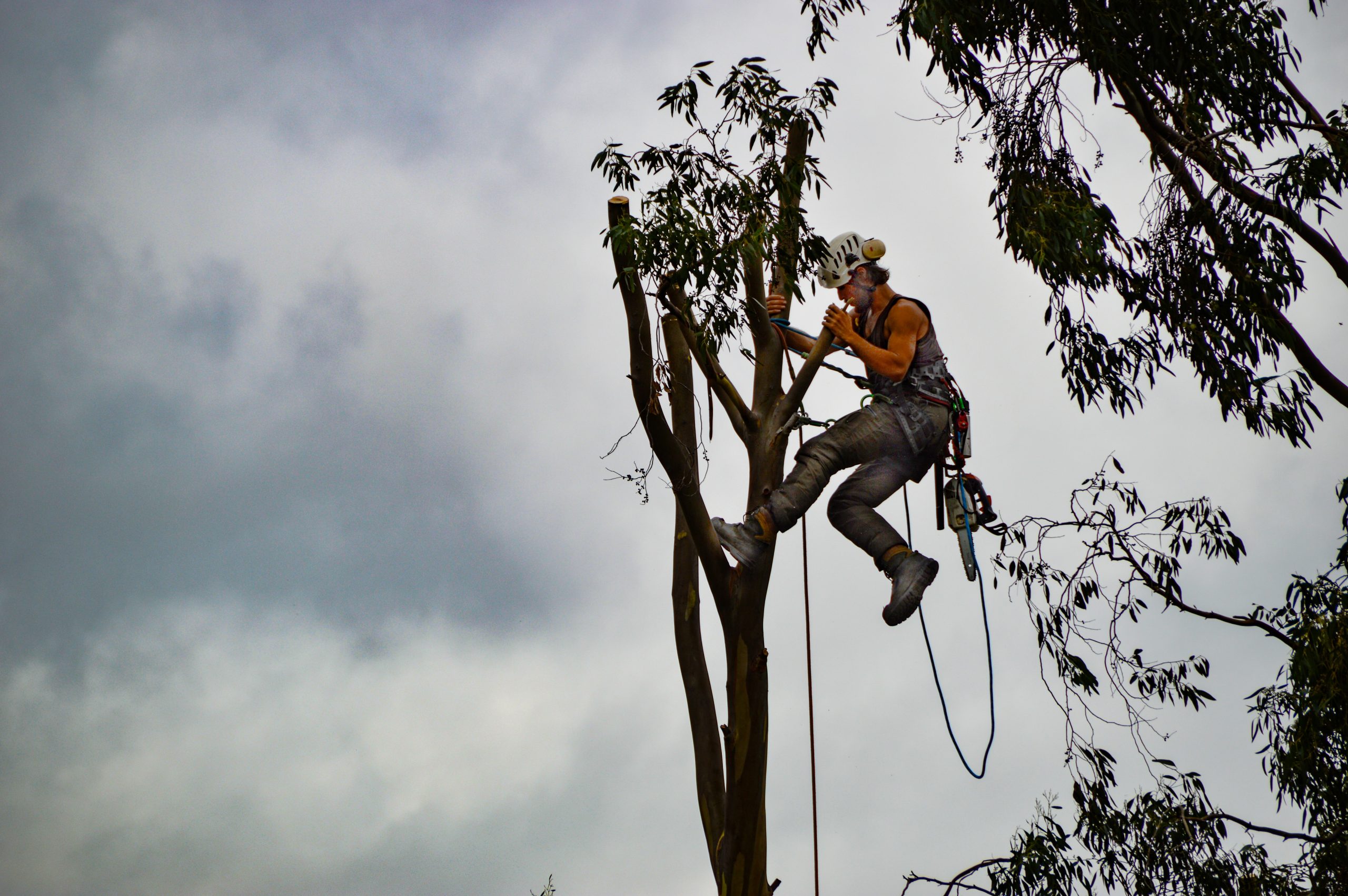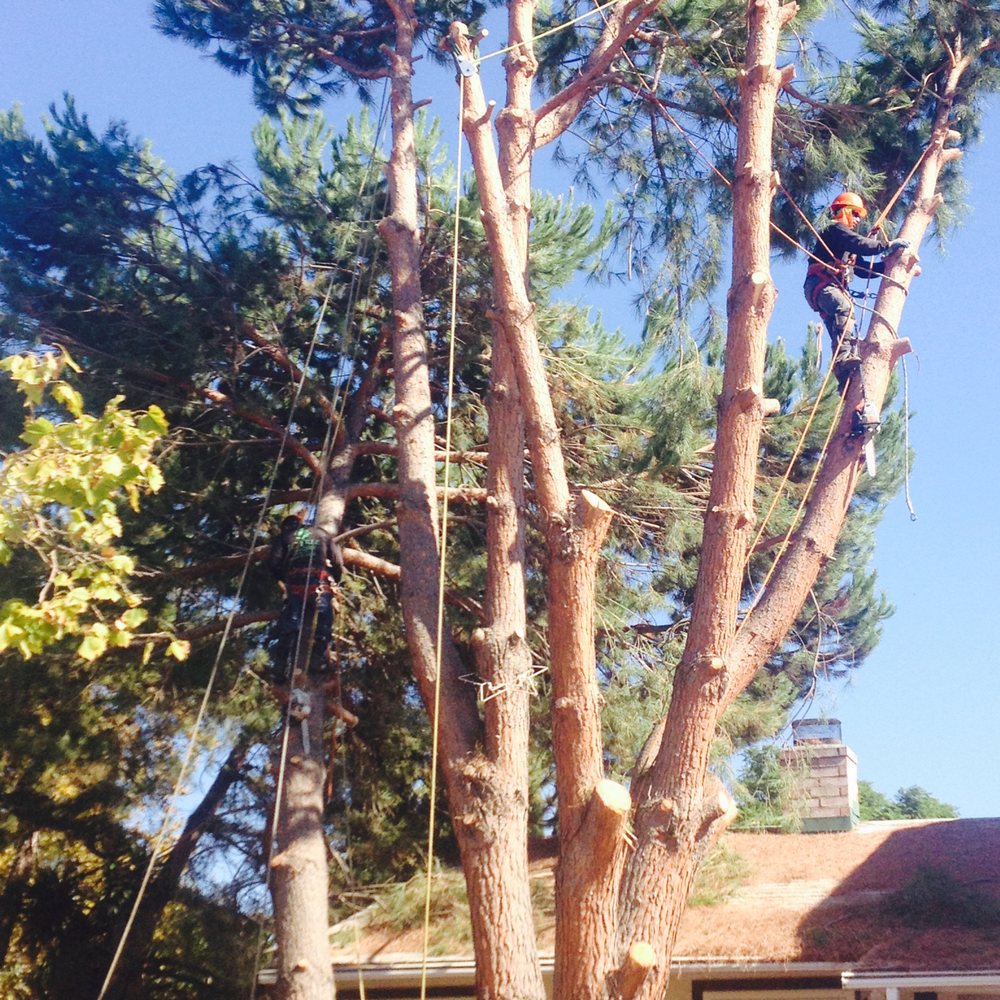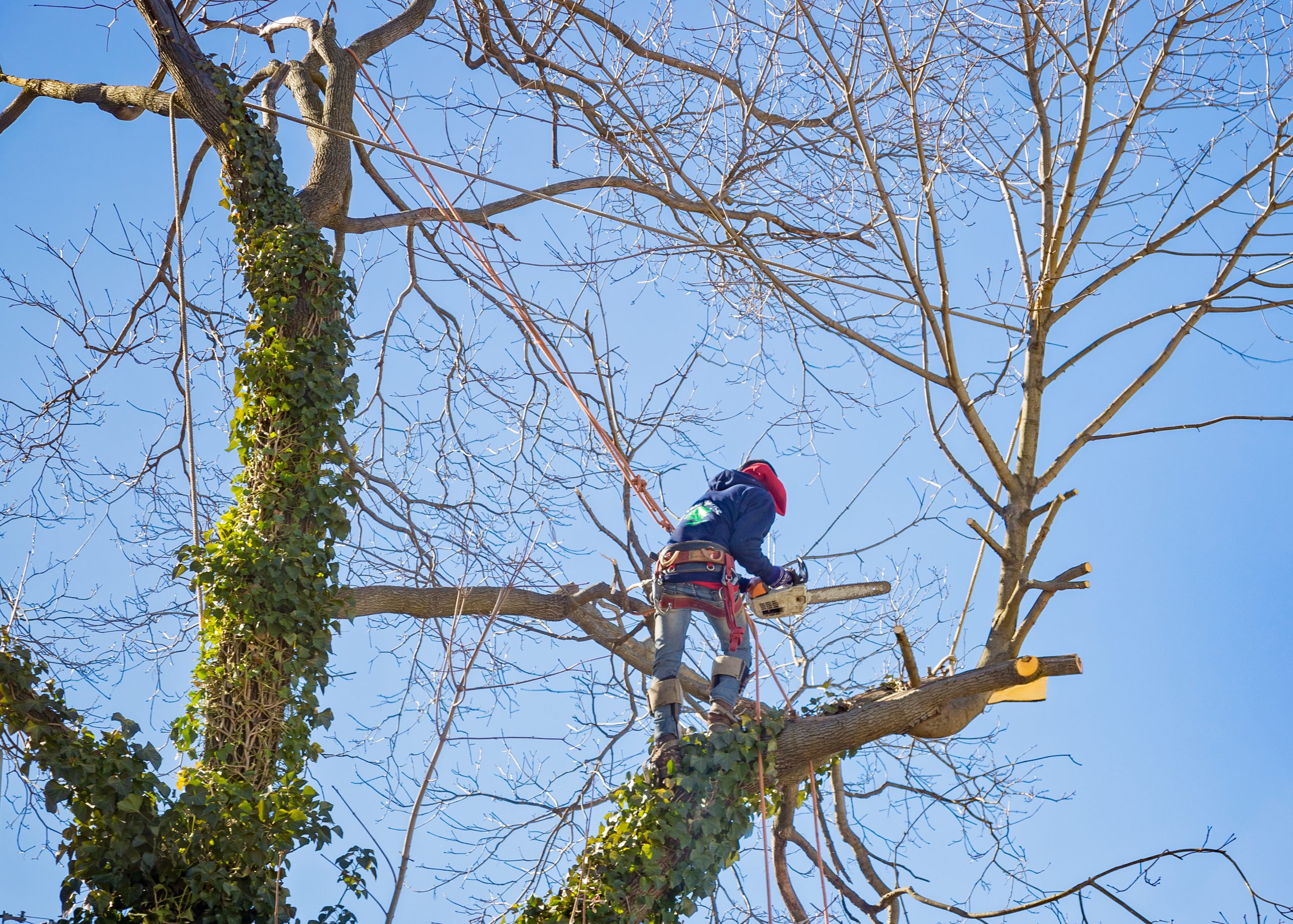Curious about how construction impacts tree health? Wondering what assessments can reveal about this crucial interaction? Dive into the world of construction’s effects on trees and uncover the insights assessments provide. Understanding these dynamics is key to preserving our green spaces amidst urban development. Stay tuned to discover the hidden truths that assessments unveil, shedding light on the delicate balance between progress and nature.
Understanding Tree Health
Importance of Trees
Trees play a crucial role in sustaining the environment by absorbing carbon dioxide and releasing oxygen through photosynthesis. They provide shelter and food for numerous wildlife species, contributing to biodiversity. Trees help in reducing soil erosion and improving water quality by acting as natural filters.
- Trees contribute to the aesthetic appeal of landscapes
- Trees help in reducing air pollution by absorbing harmful gases
- Trees provide shade, reducing energy costs for cooling buildings
Common Threats to Trees
Pests, diseases, and climate change are significant threats to tree health. Invasive species can damage trees by feeding on their leaves or bark, leading to defoliation and weakening the tree’s overall health. Diseases such as Dutch Elm Disease and Oak Wilt can devastate entire populations of trees if not managed effectively. Climate change impacts trees by altering their growing conditions, making them more susceptible to stress and diseases.
- Pollution from human activities can harm tree health
- Improper pruning techniques can leave trees vulnerable to diseases
- Drought conditions can weaken trees and make them more prone to pest infestations
Role of Assessments
Assessments are essential tools used to evaluate the health of trees and identify any potential issues that may affect their well-being. Arborists conduct thorough assessments by examining tree structure, foliage condition, root health, and signs of pests or diseases. Through assessments, arborists can develop tailored treatment plans to address specific issues and promote tree vitality.
- Regular assessments can help in early detection of problems
- Assessments provide valuable insights into tree growth patterns
- Assessments guide in implementing appropriate care practices for optimal tree health
Evaluating Construction Plans
Engineer’s Plans Overview
Engineers play a crucial role in assessing construction plans for their impact on tree health. They carefully analyze blueprints to identify potential risks to trees, such as root damage or soil compaction. By considering tree species and their proximity to the construction site, engineers can propose solutions to mitigate negative effects.
- Engineers assess tree health by examining construction plans
- Identification of risks like root damage and soil compaction is a key task
Utilities and Tree Impact
Utilities installation during construction can significantly affect tree health. These installations often involve digging trenches near trees, which can damage roots and disrupt nutrient uptake. Proper planning and coordination between utility companies and arborists are essential to minimize the impact on trees.
- Trench digging for utilities can harm tree roots
- Coordination between utility companies and arborists is vital for tree protection
Grading and Soil Concerns
Grading activities, such as leveling land or creating slopes, can have detrimental effects on tree health. Improper grading may lead to soil erosion, affecting the stability of trees. Engineers must consider the existing soil condition and implement measures like retaining walls to preserve soil quality and support tree growth.
- Grading can cause soil erosion and instability for trees
- Retaining walls are used to maintain soil quality and support tree growth
Architect’s Plans Insights
Architects contribute valuable insights to construction plans that impact tree health. Their designs incorporate green spaces, tree planting schemes, and root barriers to protect existing trees. By integrating sustainable practices into their plans, architects promote a harmonious coexistence between construction projects and the environment.
- Architects include green spaces and root barriers in designs
- Sustainable practices promote coexistence between construction and the environment
Arborist’s Role in Assessments
Conducting Tree Evaluations
Arborists play a crucial role in conducting tree evaluations before and during construction projects. They inspect trees to assess their health, structural integrity, and potential risks. By analyzing factors like root damage and canopy health, arborists provide valuable insights into the overall well-being of trees.
During evaluations, arborists use specialized tools such as resistograph and sonic tomography to identify internal decay or structural weaknesses. These assessments help in determining the best course of action to protect trees from construction-related damages. Arborists also consider environmental factors like soil compaction and drainage issues that can impact tree health.
- Arborists conduct thorough inspections to evaluate tree health
- Specialized tools like resistograph are used to identify internal decay
- Environmental factors such as soil compaction are considered during assessments
Identifying Vulnerable Trees
Arborists are trained to identify vulnerable trees that are at risk during construction activities. Trees with shallow roots, poor canopy development, or existing diseases are more susceptible to damage. By pinpointing these vulnerable trees early on, arborists can recommend specific protection measures to safeguard their health.
Vulnerable trees may exhibit signs such as cracks in the trunk, fungal growth, or sparse foliage. Arborists assess these indicators to determine the level of risk posed by construction activities. Through detailed evaluations, arborists prioritize the protection of vulnerable trees to preserve the green infrastructure within urban environments.
- Trees with shallow roots are more vulnerable to construction impacts
- Signs like cracks in the trunk indicate vulnerability in trees
- Arborists prioritize protection measures for vulnerable trees
Recommendations for Protection
Arborists provide recommendations for tree protection based on their assessments and evaluations. These recommendations may include installing physical barriers around trees, implementing root protection zones, or adjusting construction practices to minimize impact. By following these recommendations, developers can ensure the long-term health and survival of trees on-site.
Arborists may suggest pruning branches to reduce stress on trees or improving soil conditions for better root growth. These proactive measures aim to mitigate potential damages caused by construction activities and promote the coexistence of urban development and healthy tree populations.
- Installing physical barriers helps protect trees during construction
- Pruning branches reduces stress on trees exposed to construction activities
- Adjusting construction practices minimizes impact on tree health
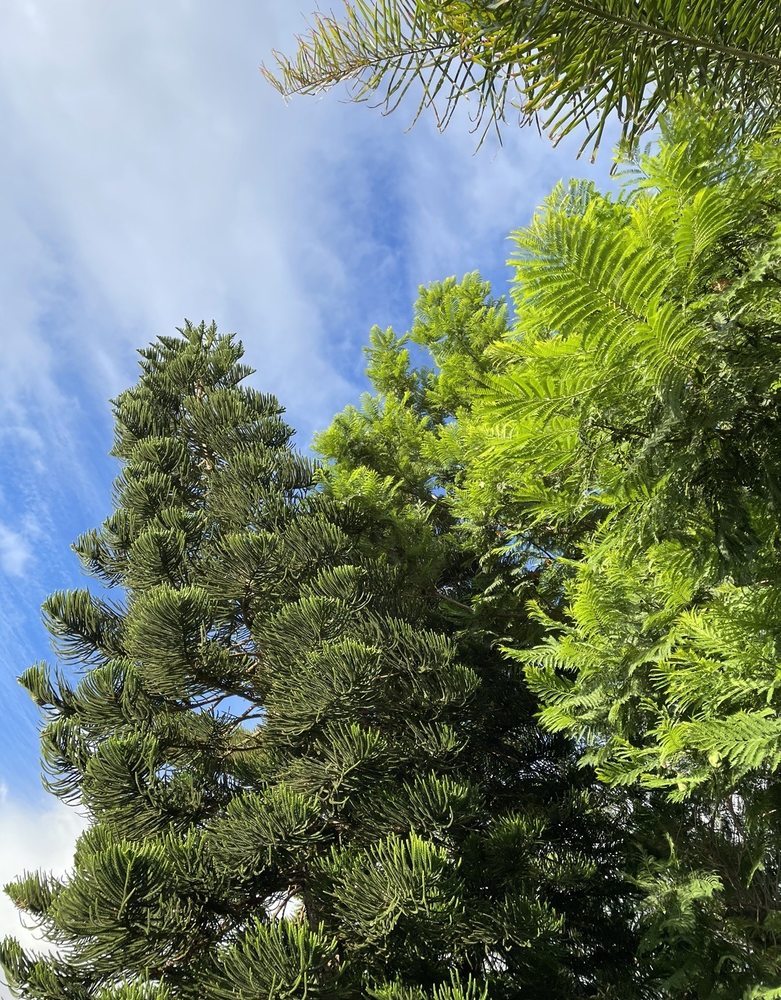
Landscape and Soil Considerations
Soil’s Report Analysis
l analysis is crucial in understanding how construction activities can impact tree health. Analyzing soil samples before and after construction can reveal changes in nutrient levels and compaction. These reports provide valuable insights into the soil’s pH, moisture content, and overall health.
- Soil reports help arborists determine if trees are receiving adequate nutrients post-construction.
- They also highlight any compaction issues that may hinder root growth and water absorption.
Landscape Plans Review
Reviewing landscape plans is essential to identify potential risks to tree health during construction. Examining blueprints allows arborists to pinpoint areas where trees might be at risk of damage. By collaborating with landscape architects, they can recommend protective measures to safeguard trees during construction.
- Arborists assess if construction activities could lead to root damage or soil compaction.
- They suggest modifications to construction plans to minimize the impact on tree health.
Mitigating Construction Impact
Mitigating the impact of construction on tree health involves implementing protective measures. Installing fencing around trees can prevent heavy machinery from damaging roots or compacting the soil. Mulching around trees helps retain moisture and protect roots from excessive heat or cold.
- Fencing protects trees from accidental damage during construction.
- Mulching maintains soil moisture levels, promoting healthy root development.
Final Remarks
Understanding tree health, evaluating construction plans, considering landscape and soil factors, and involving arborists in assessments are crucial steps to minimize the impact of construction on trees. By prioritizing these aspects, you ensure the longevity and well-being of the trees on your property. Remember, healthy trees contribute to a more sustainable environment, enhance property value, and provide numerous benefits for you and your community.
Take proactive steps to safeguard tree health during construction projects. Engage with certified arborists, conduct thorough assessments, and implement recommended measures. Your commitment to preserving trees not only benefits the environment but also enriches the aesthetics and value of your property. Act now to protect trees and enjoy a greener, healthier future.
Frequently Asked Questions
1. What is the significance of understanding tree health?
Understanding tree health is crucial for assessing the impact of construction. Healthy trees contribute to the environment, property value, and overall well-being. By monitoring tree health, we can identify potential issues early and take proactive measures to maintain a sustainable ecosystem.
2. How are construction plans evaluated concerning tree health?
Construction plans are evaluated by considering factors like proximity to trees, root systems, and potential damage during excavation. Assessing these aspects helps in minimizing negative impacts on tree health and implementing necessary measures to protect trees during construction activities.
3. What role does an arborist play in tree health assessments related to construction?
Arborists play a vital role in assessing tree health before and during construction projects. Their expertise helps in identifying risks, recommending protective measures, and ensuring that construction activities do not harm the trees. Arborists contribute significantly to preserving the ecological balance during construction processes.
4. Why are landscape and soil considerations important in assessing the impact of construction on tree health?
Landscape and soil conditions directly influence the health of trees during construction. Understanding these factors helps in planning construction activities that minimize disturbances to the natural environment. By considering landscape and soil conditions, we can protect trees from damage and promote their long-term health.
5. How do assessments reveal the impact of construction on tree health?
Assessments provide insights into how construction activities may affect tree health by identifying risks, vulnerabilities, and necessary precautions. By conducting thorough assessments, we can anticipate challenges, implement preventive measures, and mitigate potential harm to trees, ensuring their well-being amidst construction projects.
Ensure Safety with JC Tree Service’s Professional Tree Health Assessment Services
Maintaining the health and safety of your trees is crucial, and JC Tree Service is here to offer expert tree health assessment services for your home or business. Whether you’re concerned about disease, structural stability, or environmental stress, our skilled team is ready to handle all your tree care needs in Brentwood, Antioch, and surrounding areas.
Understanding the importance of proper tree assessments, we deliver tailored solutions to prevent hazards like falling branches, improve tree longevity, and ensure your landscape is safe and beautiful. By addressing issues early, we help you avoid costly emergencies while enhancing curb appeal and property value. With JC Tree Service, your trees will be healthy, well-maintained, and prepared for every season.
Don’t wait until it’s too late. Contact JC Tree Service today to learn how our professional tree health assessment services can improve your property’s safety and appearance. We offer a free, no-obligation quote to help you get started. Experience the peace of mind that comes with expert tree care!
Disclaimer
The materials available on this website are for informational and entertainment purposes only and not to provide legal or professional advice. You should contact your attorney or home improvement specialist to obtain advice concerning any particular issue or problem. You should not act or refrain from acting based on any content included in this site without seeking legal or other professional advice. The information presented on this website may not reflect the most current home improvement developments. No action should be taken in reliance on the information on this website. We disclaim all liability concerning actions taken or not taken based on any or all of the contents of this site to the fullest extent permitted by law.

